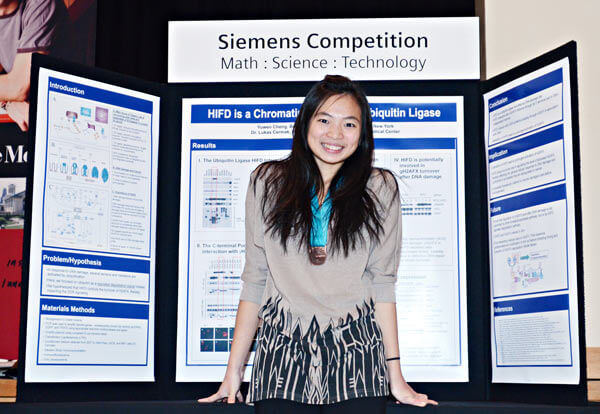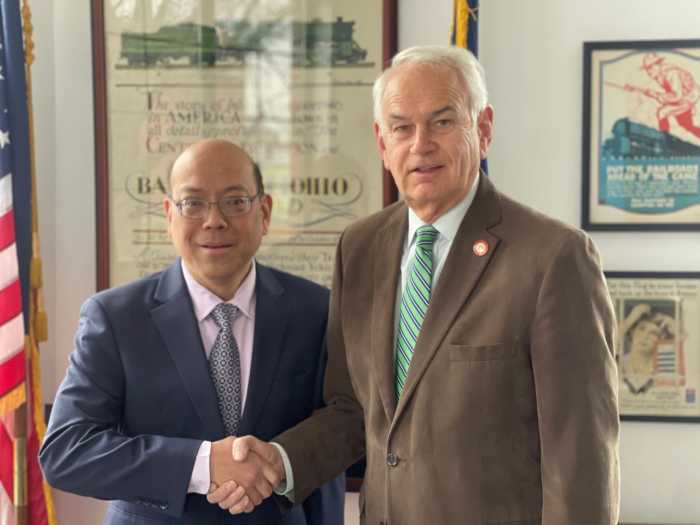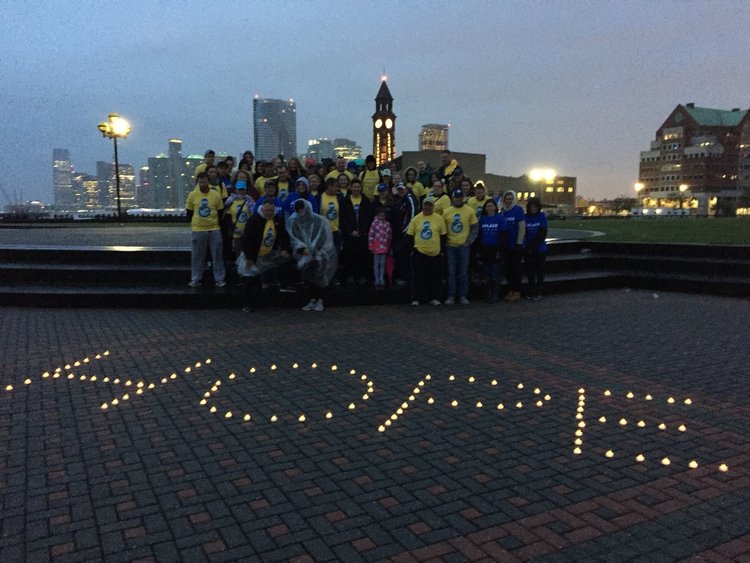By Rich Bockmann
With Christmas right around the corner, Brian Kim’s packing and covering mathematics techniques should come in handy, but until then he will just have to settle for winning prestigious science competitions.
Over the weekend, the Bayside student won the individual category in the regional finals of the Siemens Competition in Math, Science & Technology when he presented his project entitled “Packing and Covering with Centrally Symmetric Disks” to a panel of judges at Carnegie Mellon University in Pittsburgh.
Along with the honor, Kim received a $3,000 scholarship and a trip to Washington, D.C., Dec. 2-5, when he will compete in the national finals for a shot at a $100,000 top prize and the recognition as one of the nation’s brightest young minds.
An alumnus of MS 158 and a senior at Stuyvesant High School, Kim told TimesLedger Newspapers in a telephone interview that his research paper examined the relationship between covering and packing densities.
“Covering is if you have a disc and you want to cover it so that there’s no open space or uncovered part of the plane,” he said.
The theoretical exercise is to cover the plane without creating overlaps, or increasing the covering density.
The second part of his project is the concept of packing density.
“Assume the disks are actual, tangible objects like cookies in a tray,” he said. “You want to try to place as many of them in the tray as possible.”
“Brian’s comprehension of this complex area of mathematics showed real maturity,” said competition judge Po-Shen Loh, assistant professor of mathematical sciences at Carnegie Mellon University.
“His remarkable ability to recall concepts and solve problems in real time was matched only by his speaking and presentation skills. He was able to take a very complex issue and make it accessible,” the judge said.
Kim’s project has applications in telecommunications, radio transmission, manufacturing, packaging and other related fields to optimize signal coverage.
He said he had spent around 500 hours since the beginning of the school year working on the project with his mentor, Hofstra University mathematics professor Dan Ismailescu.
He said that when he graduates from Stuyvesant he would like to study to be an engineer.
Another regional finalist from northeast Queens, Yuwen Cheng, of Whitestone, also presented a project at the competition.
Cheng’s biochemistry project, “HIFD is a Chromatin-Associated Ubiquitin Ligase,” investigated a new type of protein that could affect the general cellular response to DNA damage.
Cheng brought home a $1,000 scholarship.
“The Siemens Competition has a proud history of attracting awe-inspiring research projects from America’s best and brightest and we are pleased to see that this year is no exception,” said Jeniffer Harper-Taylor, president of the Siemens Foundation. “We can all take heart in the remarkable work being done by this next generation of young innovators as exemplified by these young New Yorkers.”
According to its website, the Siemens Foundation provides more than $7 million annually in support of educational initiatives in the areas of science, technology, engineering and math in the United States.
Reach reporter Rich Bockmann by e-mail at rbockmann@cnglocal.com or by phone at 718-260-4574.

































